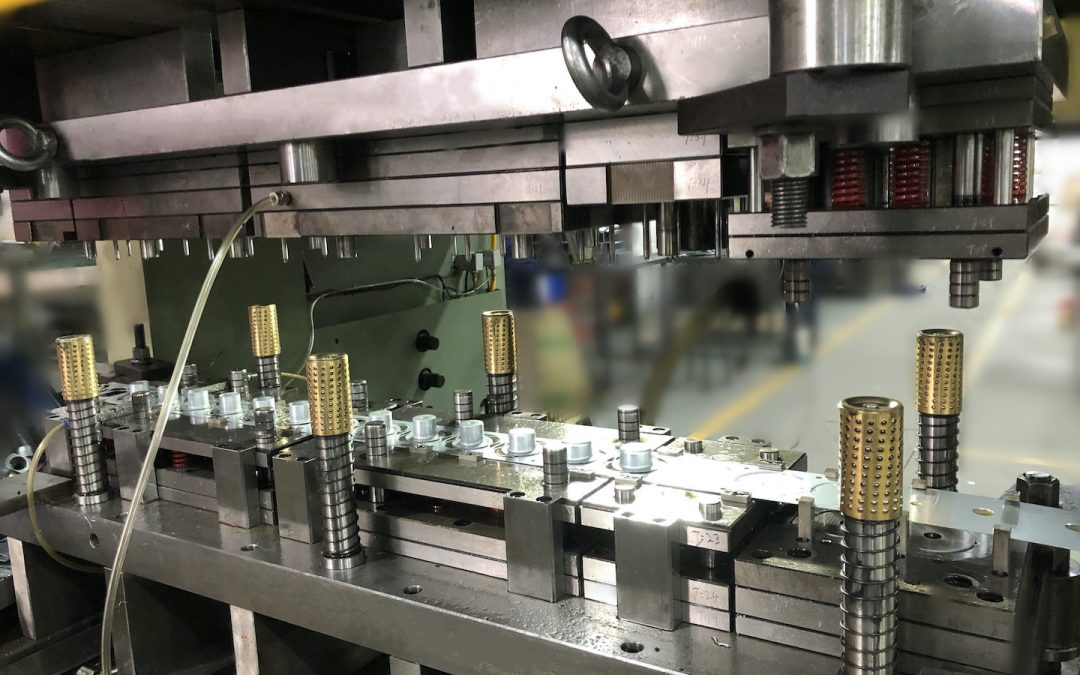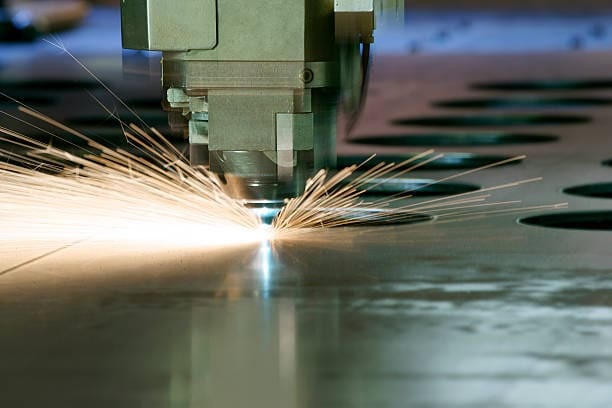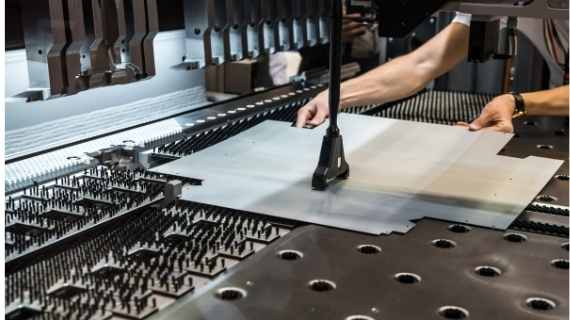The integration of robotics in metal stamping is reshaping the industrial manufacturing landscape. As industries strive for efficiency and precision, the role of robotics becomes increasingly pivotal. The early adoption of this technology is crucial for manufacturers aiming to stay competitive in a rapidly evolving market.

The Rise of Robotics in Metal Stamping
The advent of robotics has significantly impacted metal stamping processes. By introducing precision and speed, robots have revolutionized traditional methods. They not only enhance productivity but also ensure consistent quality, which is paramount in industrial manufacturing.
Why Metal Stamping?
Metal stamping is a vital process in manufacturing, allowing for the mass production of metal components. The precision required in this process makes it an ideal candidate for robotic intervention. Robotics offers the ability to handle intricate tasks with ease and accuracy, reducing human error.
Advantages of Using Robotics in Metal Stamping
Increased Efficiency
Robotics greatly enhances efficiency by reducing cycle times and increasing throughput. With robots, manufacturers can achieve higher production rates without compromising on quality. This is especially beneficial in meeting tight deadlines and large-scale production demands.
Improved Quality Control
The precision of robots ensures consistent quality in every stamped piece. This uniformity is crucial for components that require exact specifications, reducing waste and rework.
Enhanced Safety
By taking on dangerous tasks, robots significantly improve workplace safety. Employees are less exposed to risks, leading to fewer accidents and a safer working environment.
Technological Innovations in Robotics for Metal Stamping
Advanced Sensors and AI
The integration of advanced sensors and artificial intelligence allows robots to make real-time adjustments. This adaptability is key in maintaining precision and improving the overall efficiency of the stamping process.
Collaborative Robots
Also known as cobots, these robots work alongside human operators to optimize production. They are designed to be safe and user-friendly, making them ideal for small and medium-sized enterprises.
Economic Impacts of Robotics in Metal Stamping
The economic benefits of robotics in metal stamping are substantial. By reducing labor costs and increasing production rates, companies can achieve significant savings. Moreover, the improved quality reduces costs associated with defects and returns.
Case Studies
Several companies have successfully integrated robotics into their metal stamping processes. These case studies highlight the transformative impact of robotics, showcasing improved efficiency and profitability.
Challenges Faced by the Industry
High Initial Costs
One of the major challenges is the high initial investment required for robotic systems. However, the long-term benefits often outweigh these costs, making it a worthwhile investment.
Technical Expertise
The need for skilled personnel to manage and maintain robotic systems is another challenge. Companies must invest in training and development to fully capitalize on the benefits of robotics.
Future Trends in Robotics for Metal Stamping
Increased Automation
The trend towards increased automation is expected to continue, with more companies adopting robotic solutions. This shift will further enhance efficiency and productivity in metal stamping.
Integration with IoT
The integration of Internet of Things (IoT) technology with robotics will enable real-time data monitoring and analysis. This capability will drive further improvements in efficiency and quality control.
Conclusion
The adoption of robotics in metal stamping is not just a trend but a necessity for modern manufacturing. As technology continues to evolve, the opportunities for innovation and improvement are endless. By embracing robotics, manufacturers can achieve new levels of efficiency, quality, and safety.

FAQs
What are the primary benefits of using robotics in metal stamping?
Robotics offers increased efficiency, improved quality control, and enhanced safety in metal stamping processes.
How does robotics improve safety in metal stamping?
By taking on dangerous tasks, robots reduce the risk of workplace accidents, leading to a safer working environment.
What is the future of robotics in metal stamping?
The future will see increased automation and integration with IoT, driving further efficiency and innovation in metal stamping.
For further information on metal stamping, you can visit this metal stamping guide.
Explore more on DIY Laser Cut Metal Art at Laser Cut Art or check out our insights on Metal Mosaic Projects at Mosaic Projects.
This article contains affiliate links. We may earn a commission at no extra cost to you.

